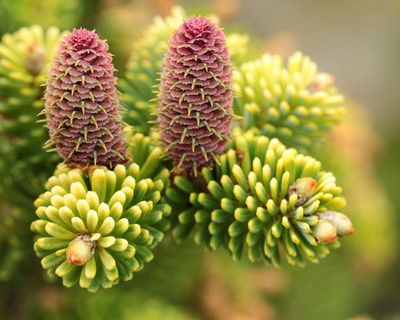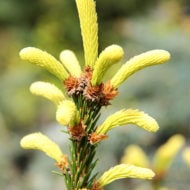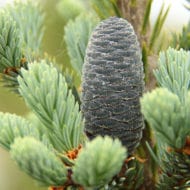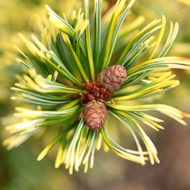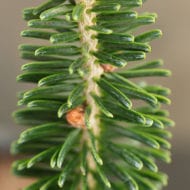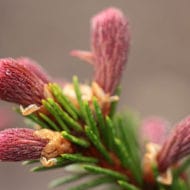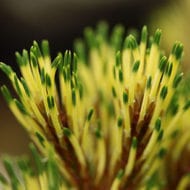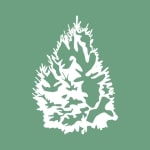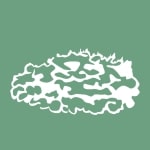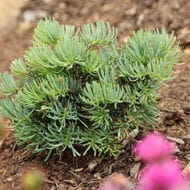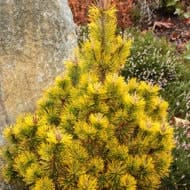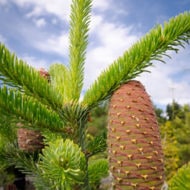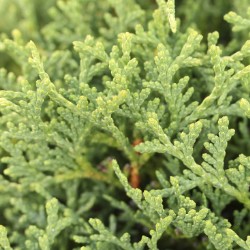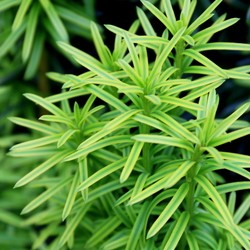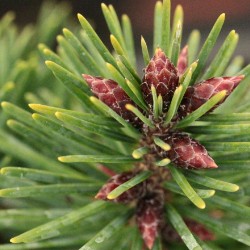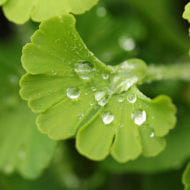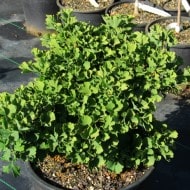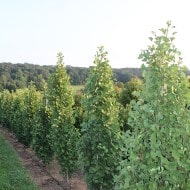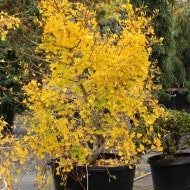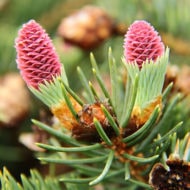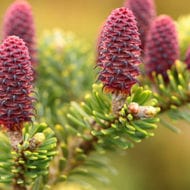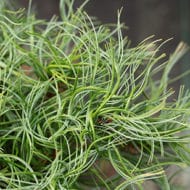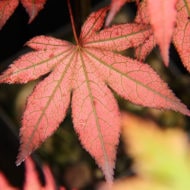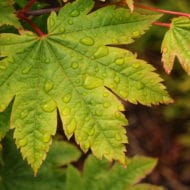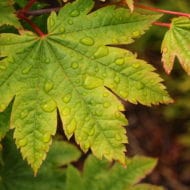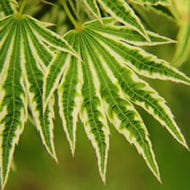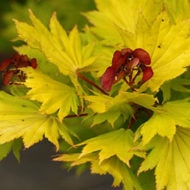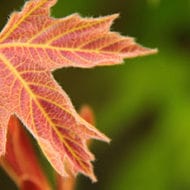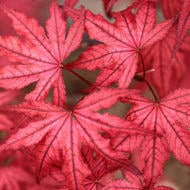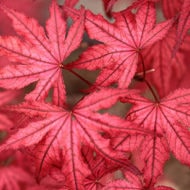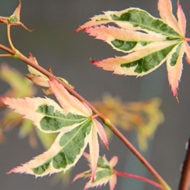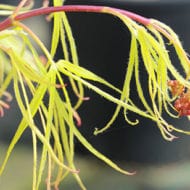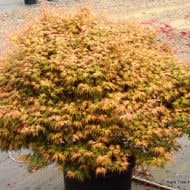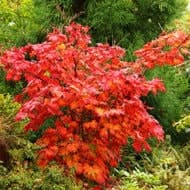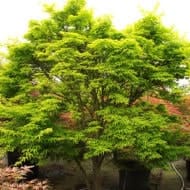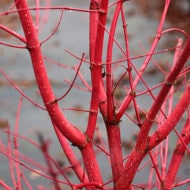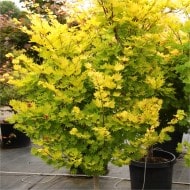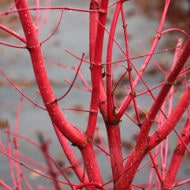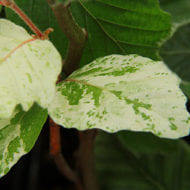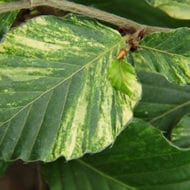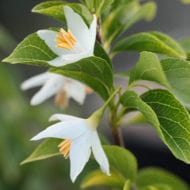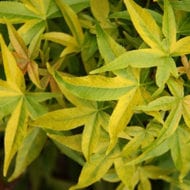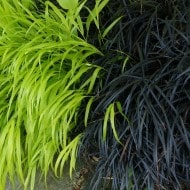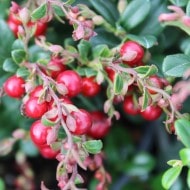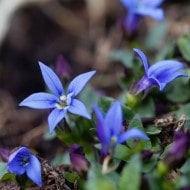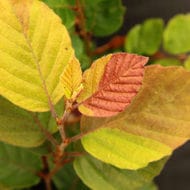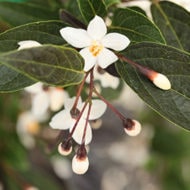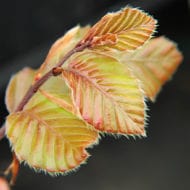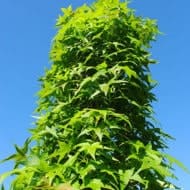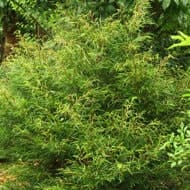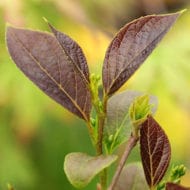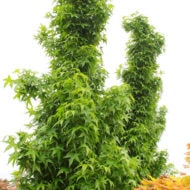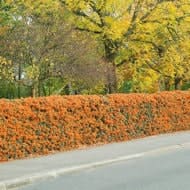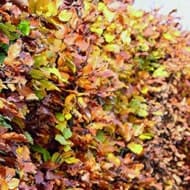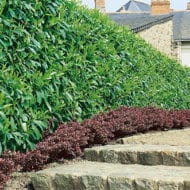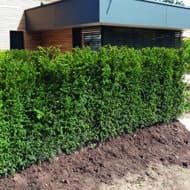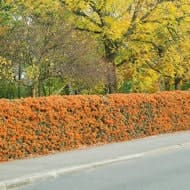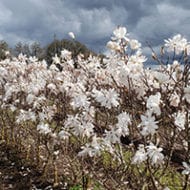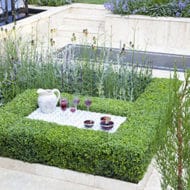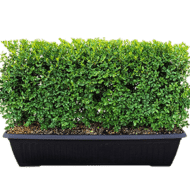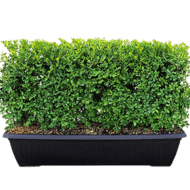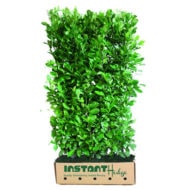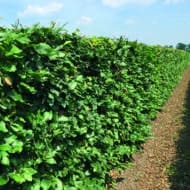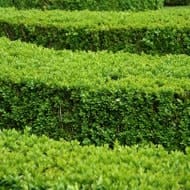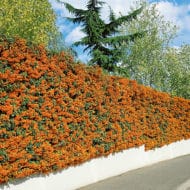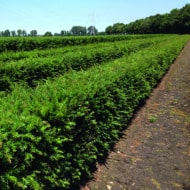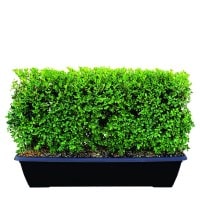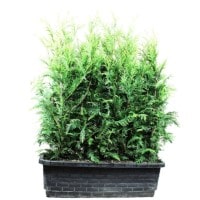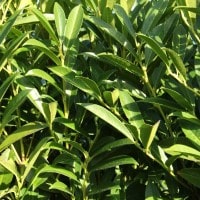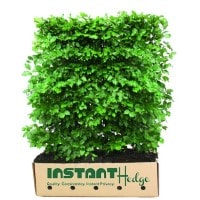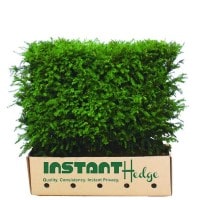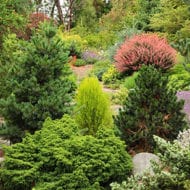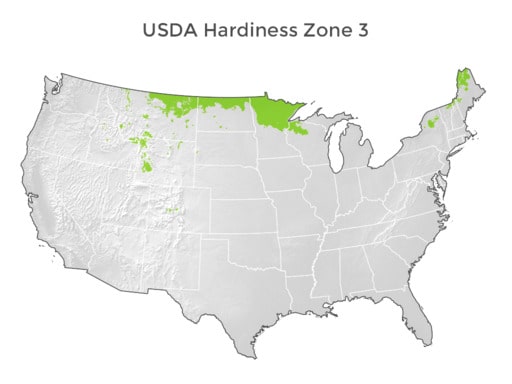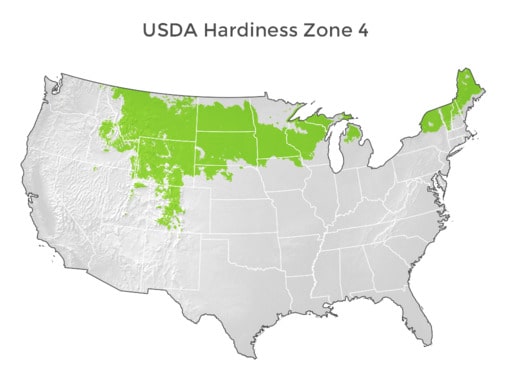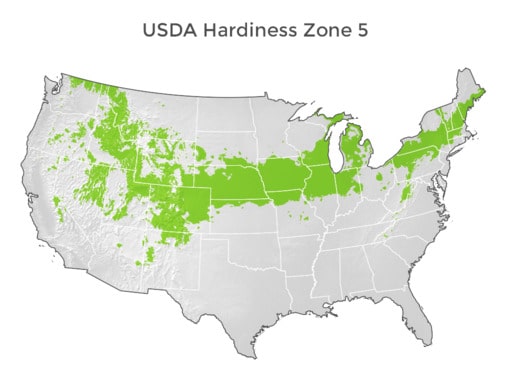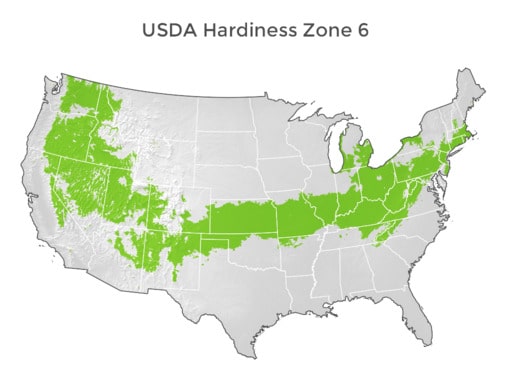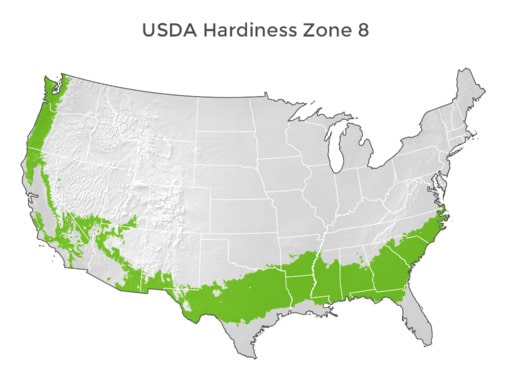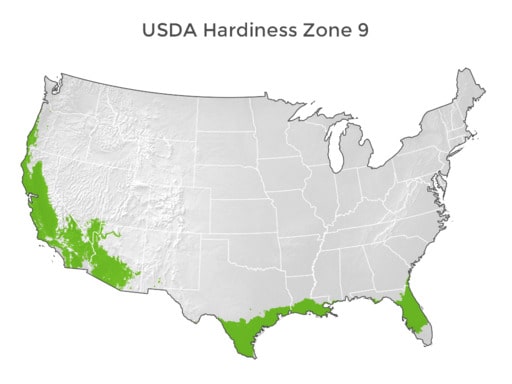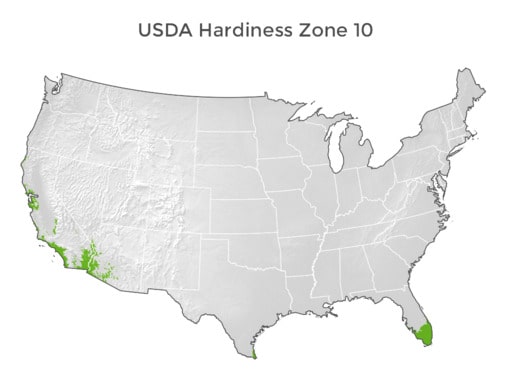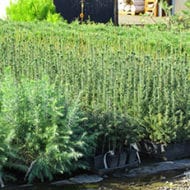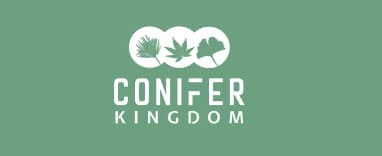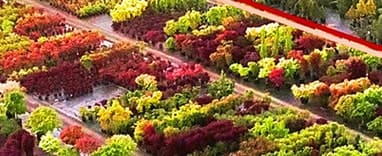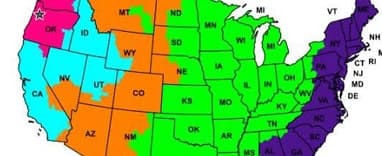True cedars are ancient trees with thousands of years of history, mythology, and cultural significance surrounding them. Through the centuries, they have been used for construction, furniture, essential oils, medicines, and as dramatic landscape trees.
There are four species of cedar: Cedrus atlantica (Atlas cedar), Cedrus brevifolia, synonym C. libani var. brevifolia (Cyprus or Cypriot cedar), Cedrus deodara (Deodar or Himalayan cedar), and Cedrus libani (Cedar of Lebanon). The Deodar cedar is native to the Himalayas, while the Cypriot cedar is native to the mountains of central Cypress. The Atlas cedar is native to the Atlas Mountains in northern Africa, and the famous Cedar of Lebanon comes from the mountains around the eastern Mediterranean.
The Cedar of Lebanon (C. libani) is now considered to be a vulnerable species after what it has endured through the millennia. Its native land was conquered repeatedly and its forests endured massive logging efforts for each succeeding civilization. It was significant in the economies of Mesopotamia, Phoenicia, ancient Egypt, and the empires of ancient Greece and Rome. The mountains were deforested for the cedar lumber that was used to build temples, boats, and palaces. Cedars of Lebanon were part of the mythology of the Mesopotamian Epic of Gilgamesh, and were mentioned several times in the Old Testament of the Bible. The First Temple of Solomon was supposed to have been constructed of the Cedar of Lebanon wood. Deodar, or Himalayan cedars are aromatic, pest resistant with antifungal properties, and have been used for timber since ancient times. The beautiful Atlas cedars are now considered to be endangered, and are used mostly as ornamental trees. The Cypriot cedars are considered by some botanists to be smaller versions of the Cedar of Lebanon, but others designate them as a full species on their own. Some feel that this disagreement over the identity of this tree is why it’s been so long overlooked as a landscape plant.
These four species are the true cedars, not to be confused with the false cedars, red cedars, and white cedars that are members of the Cypress family. True cedars are members of the Pine family and have short bursts of needles in whorls, and barrel-shaped, upright cones rather than the scaly foliage and woody, leathery, or berry-like cones of the Cypress family.
A number of colorful varieties of true cedars have been developed that are used ornamentally. Below are some unusual examples of these magnificent trees.
Cedrus atlantica ‘Sahara Ice’

This beautiful Atlas cedar has white spring foliage which changes to blue with white variegations in the summer. It is a dwarf, growing 3” to 5” a year, and becoming a small, 5’H × 3’W, pyramidal tree in 10 years. It grows best in USDA hardiness zones 6 to 9 in the full sun. ‘Sahara Ice’ is a slow-growing Atlas cedar that would be a standout accent in a small garden, rock garden, or urban garden.
Cedrus atlantica ‘Sapphire Nymph’
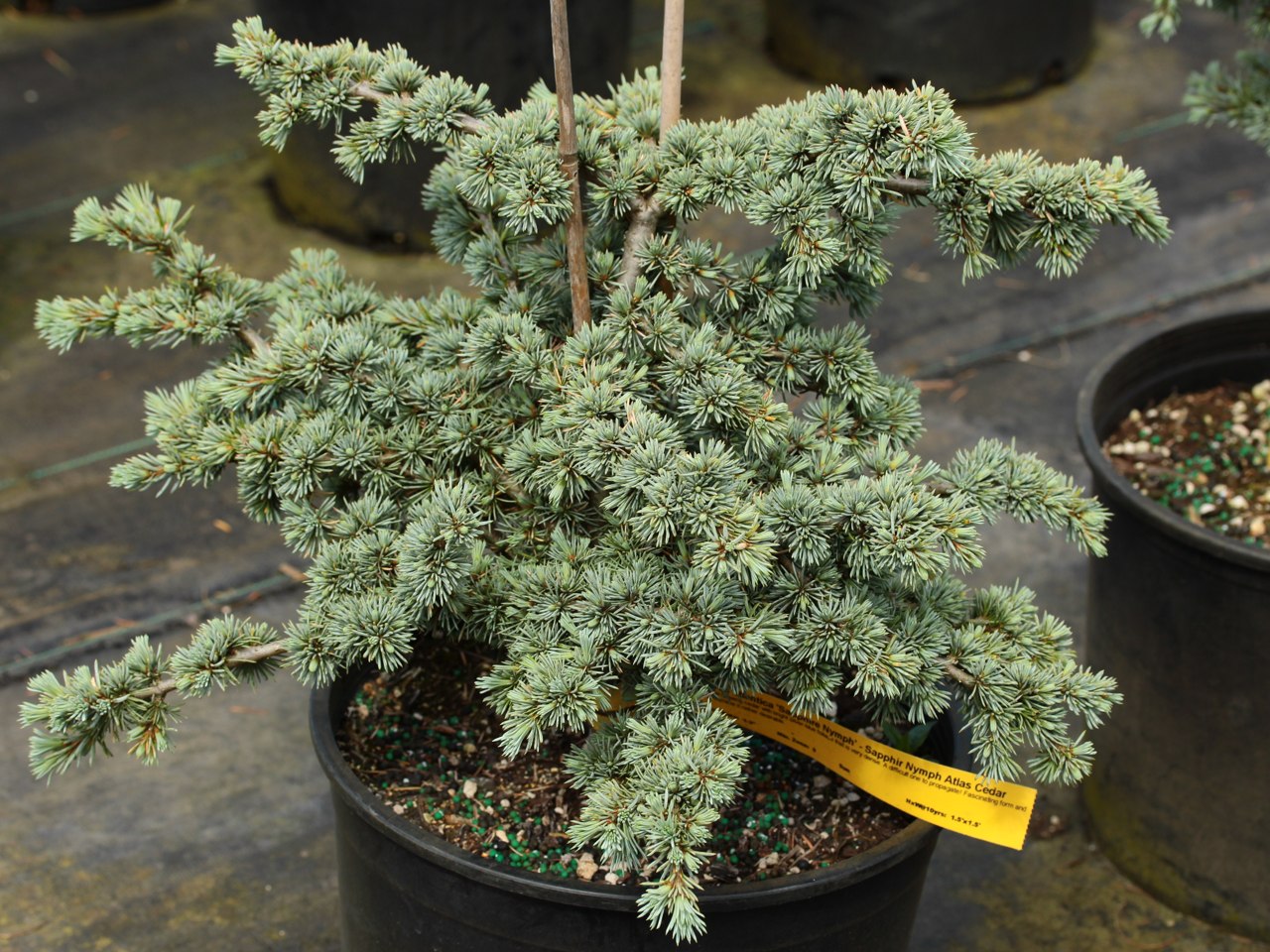
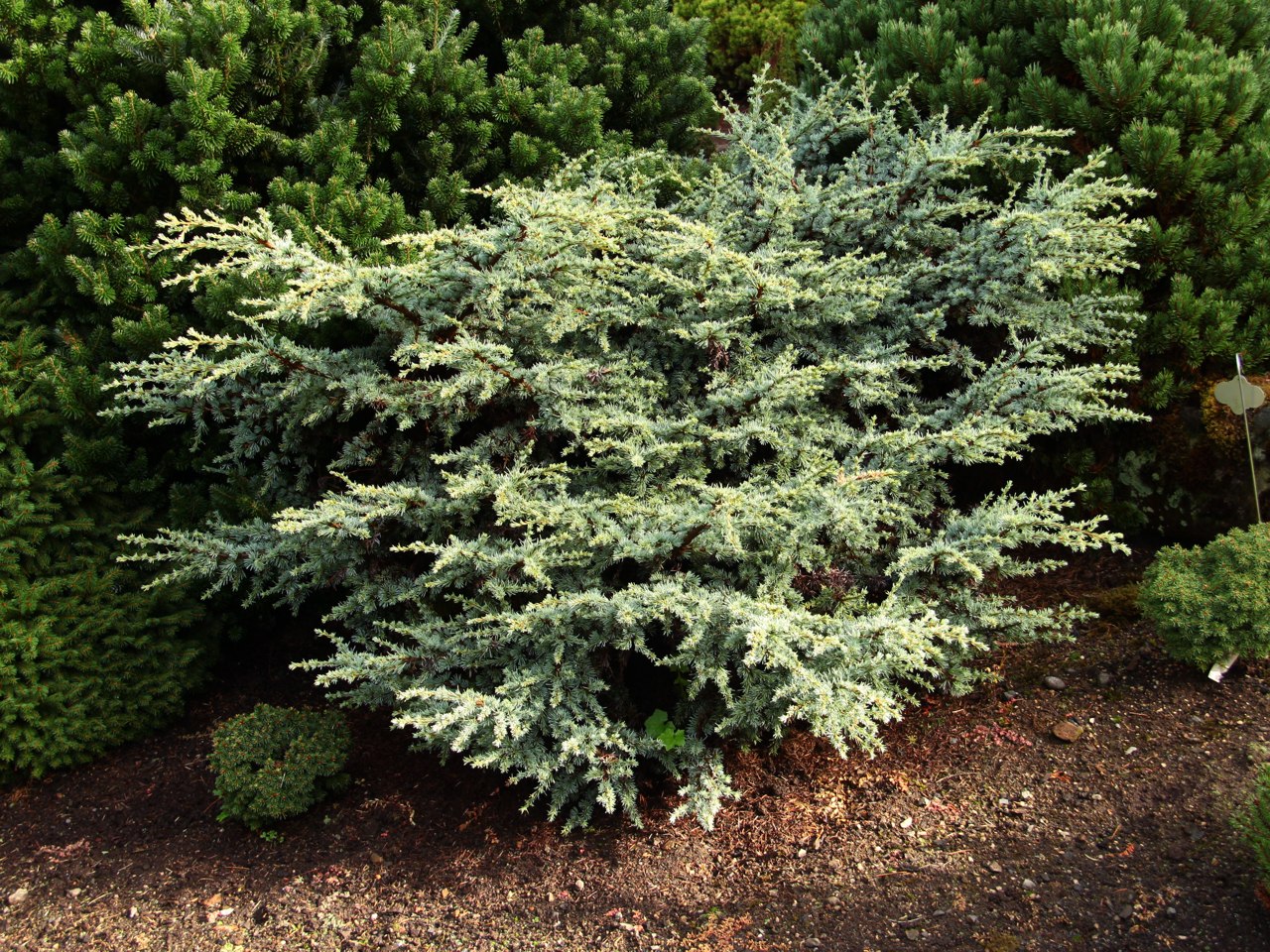
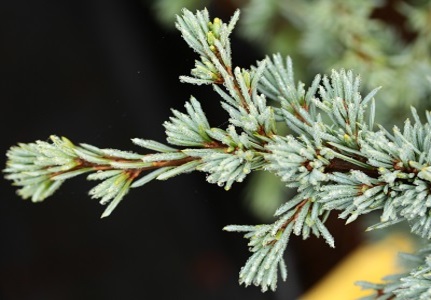
This low, spreading cedar is a dazzling light blue color with tiny needles. It’s considered a slow-growing miniature, growing 1” to 3” per year, and only reaching 1.5H × 1.5W in 10 years. It grows in USDA hardiness zones 6 to 9, and prefers full sun. ‘Sapphire Nymph’ originated from a witch’s broom in a North Carolina nursery in the 1990s. It would be excellent for borders, rock gardens, and urban gardens. Contrasting dark green companions such as rhododendrons or hollies would enhance its visual appeal.
Cedrus atlantica ‘Silberspitz’

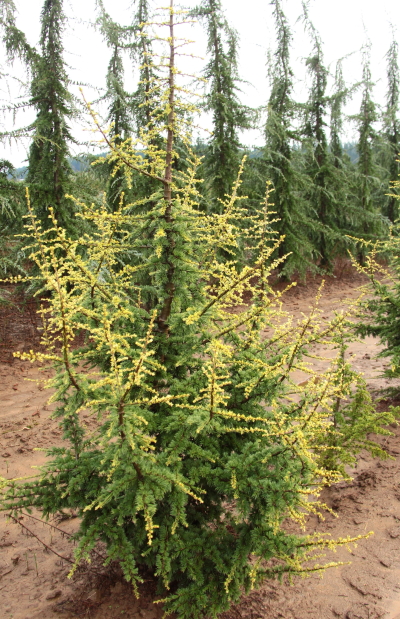

Silver tip or silver point in German, ‘Silberspitz’ has a deep blue-green inner foliage with whitish-silver tips of new growth. In fall, the year’s growth takes on a yellowish-gold hue that lasts through the winter. It has an upright, pyramidal stature, grows 6” to 12” per year, and in 10 years it can attain a height of 12’H × 4’W. This Atlas cedar grows best in full sun and in USDA hardiness zones 6 to 9. Its color, medium height, and classic shape make it a perfect accent tree for the landscape. ‘Silberspitz’ was a selection from a nursery in Germany in the 1990s.
Cedrus brevifolia ‘Kenwith’
(syn. C. libani var. brevifolia ‘Kenwith’)

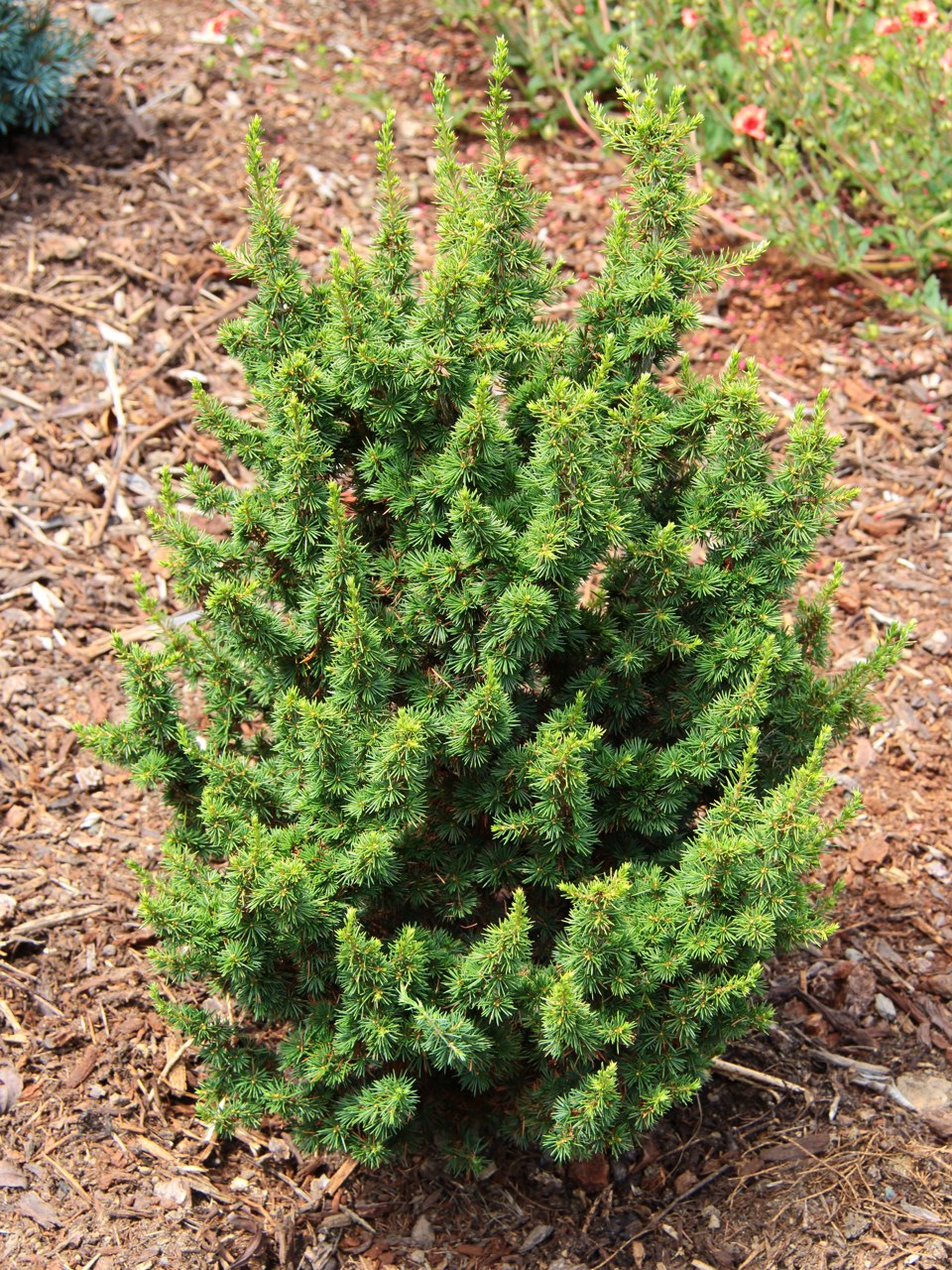
This variety of the Cypriot cedar is a tiny, upright tree that is very slow growing and perfect for containers, bonsai, rock gardens, or small, urban gardens. Along with its miniature size, ‘Kenwith’ has very short, gray-green needles, and an interesting, irregular form. It grows 1” to 2” a year, topping out at 12”-18”H × 6”W in 10 years, and grows happily in full sun in USDA zones 6 to 8. Whether it’s called Cedrus brevifolia ‘Kenwith’ or C. libani var. brevifolia ‘Kenwith’, this miniature variety of Cypriot cedar is a prize.
Cedrus deodara ‘Feelin’ Blue’
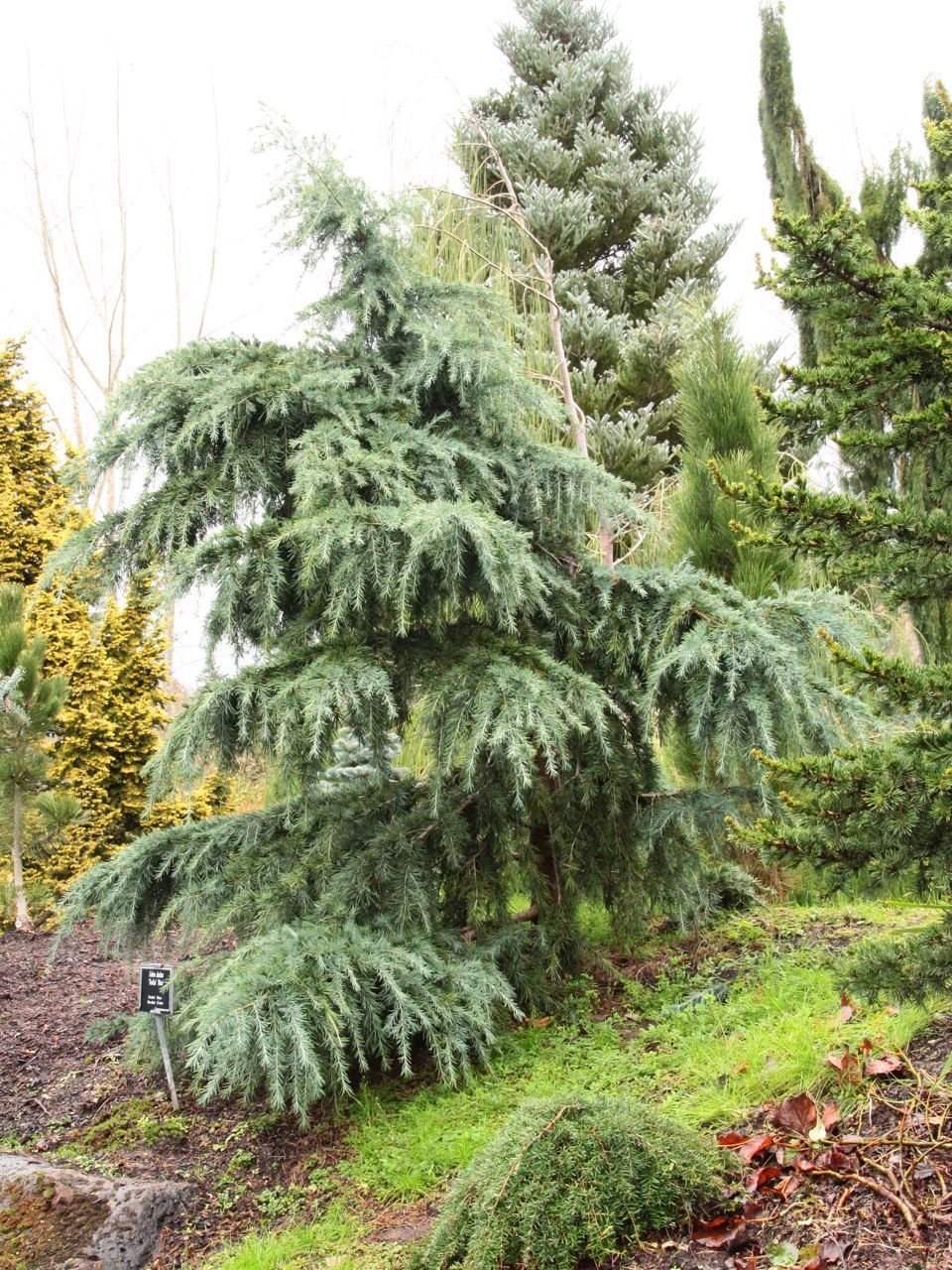
‘Feelin’ Blue’ is a blue-green, weeping variety of the Himalayan cedar. It is a dwarf, and has a low, spreading habit that is wider than it is high. It grows 4” to 6” per year, and reaches 4’-5’H × 6’-10’W in 10 years. ‘Feelin’ Blue’ adds color to a mixed border, as an accent, tumbling over a rock garden wall, or as a foundation planting or under a window. It can also be trained as a topiary. This variety grows in full sun in USDA hardiness zones 6 to 9, and was grown from a selection in the Netherlands in the 1980s.
Cedrus deodara ‘Gold Cascade’
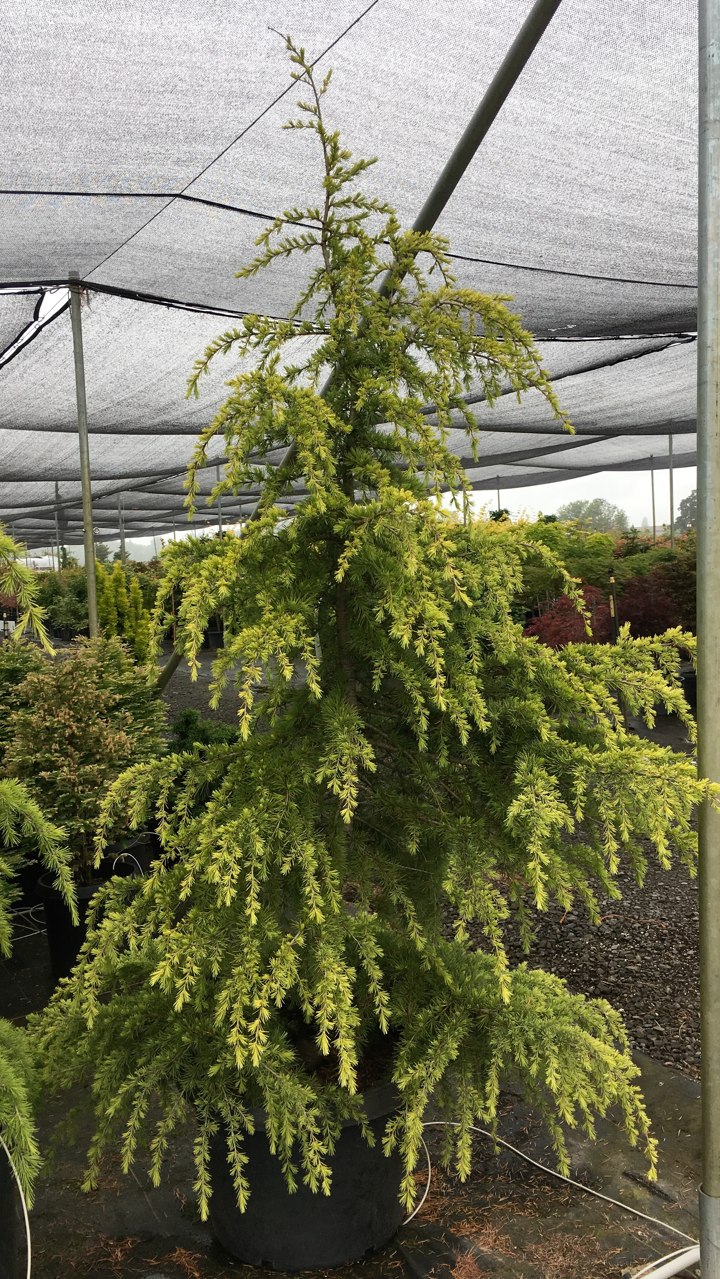
‘Gold Cascade’ is a dwarf, weeping Himalayan cedar variety that is low and mounding when young, becoming broadly conical with maturity. It grows 4” to 6” a year and reaches a 10-year size of 4’-5’H × 3.5’W. The young needles are a bright golden color that contrast with the green of older foliage on the interior of the plant. It grows in full sun in USDA hardiness zones 6 to 9. ‘Gold Cascade’ brightens a small garden, and is a pleasing accent against a backdrop of dark green evergreens or against a building. It originated in Australia in the 1990s.
Cedrus libani ‘Blue Angel’
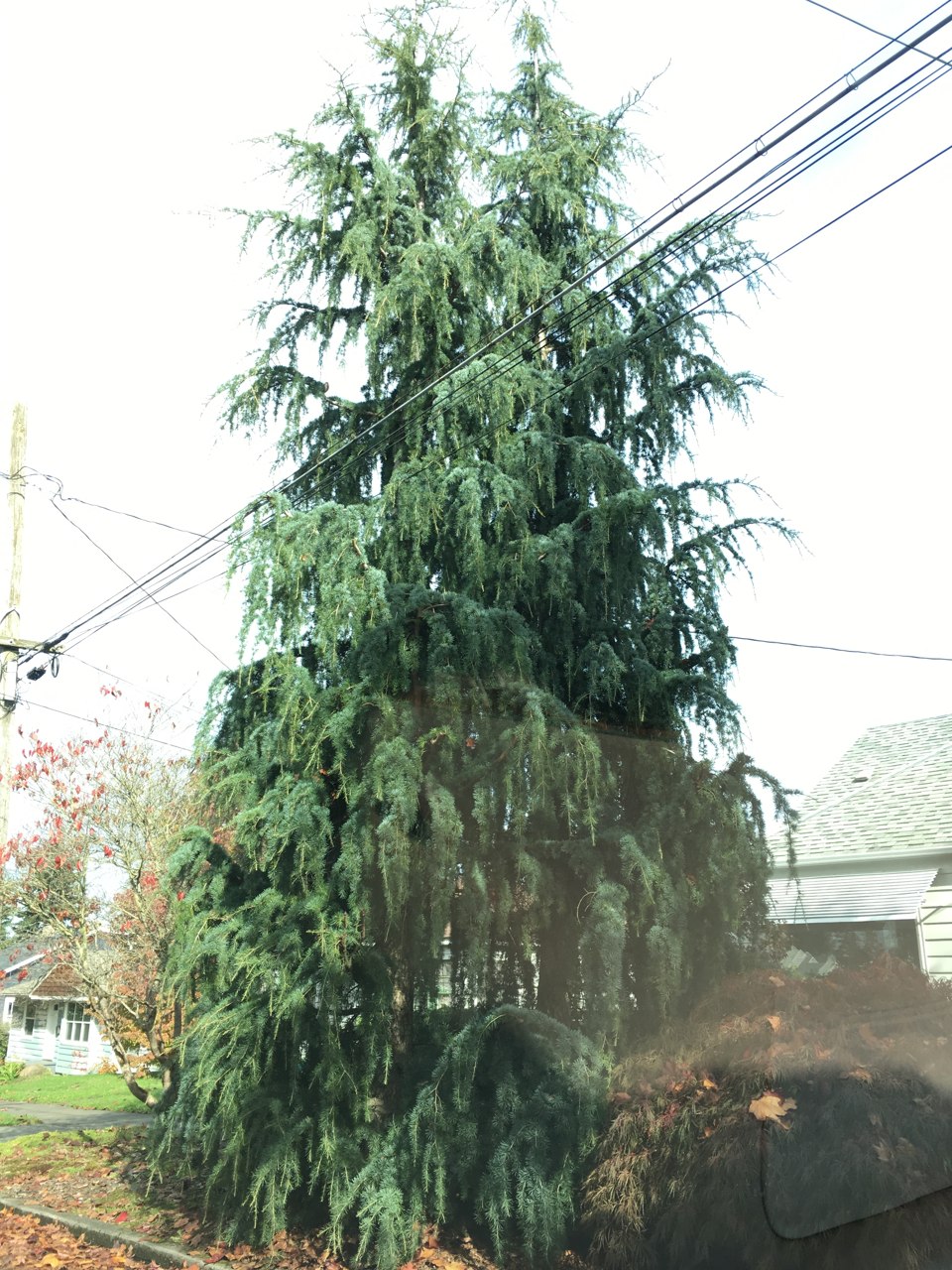
This powder-blue selection of Cedar of Lebanon has an irregular form and wide, horizontal branches that droop at the tips, giving it the appearance of an angel with wings. The beautiful blue color grows more intense with age. It has an intermediate growth rate of 9” to 12” a year, reaching dimensions of 9’-12’H × 4’W in 10 years. ‘Blue Angel’ grows in full sun in USDA hardiness zones 6 to 9, and makes a spectacular accent tree, or for a border or windbreak. It was introduced by a nursery in Oregon.
Cedrus libani ‘Green Prince’
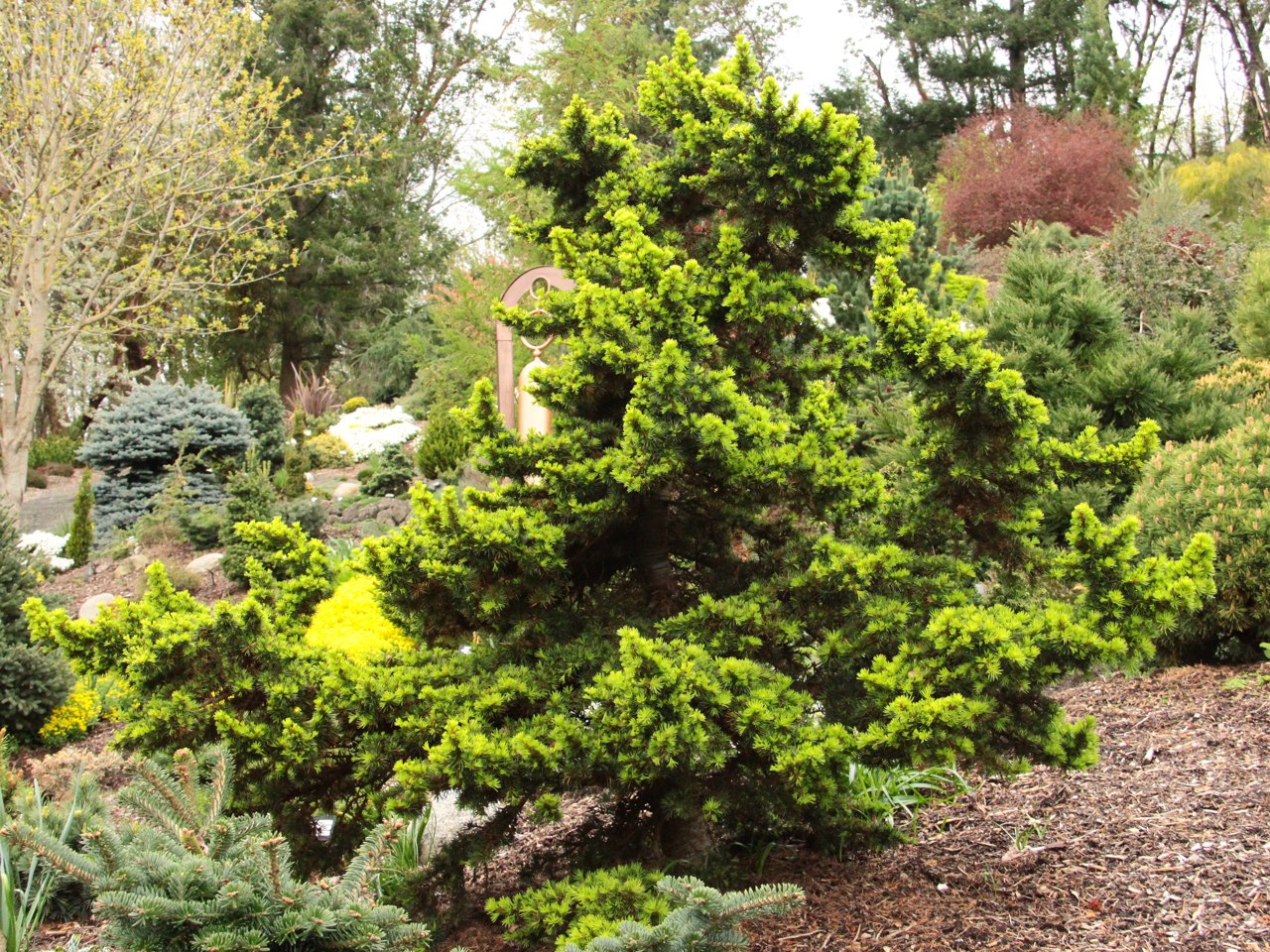
This is a dwarf tree with an irregular, spreading shape, tiered branches, and green to gray-green needles. It grows very slowly, only 2” to 4” a year, becoming 3’H × 1.5’W in 10 years. With its slow growth and tiered branching, ‘Green Prince’ is a perfect candidate for bonsai and an eye-catching accent for a small space, rock garden, or urban garden. It grows in full sun in USDA hardiness zones 6 to 9, and was introduced by a nursery in Washington in the 1960s.
Cedrus libani ‘Hedgehog’
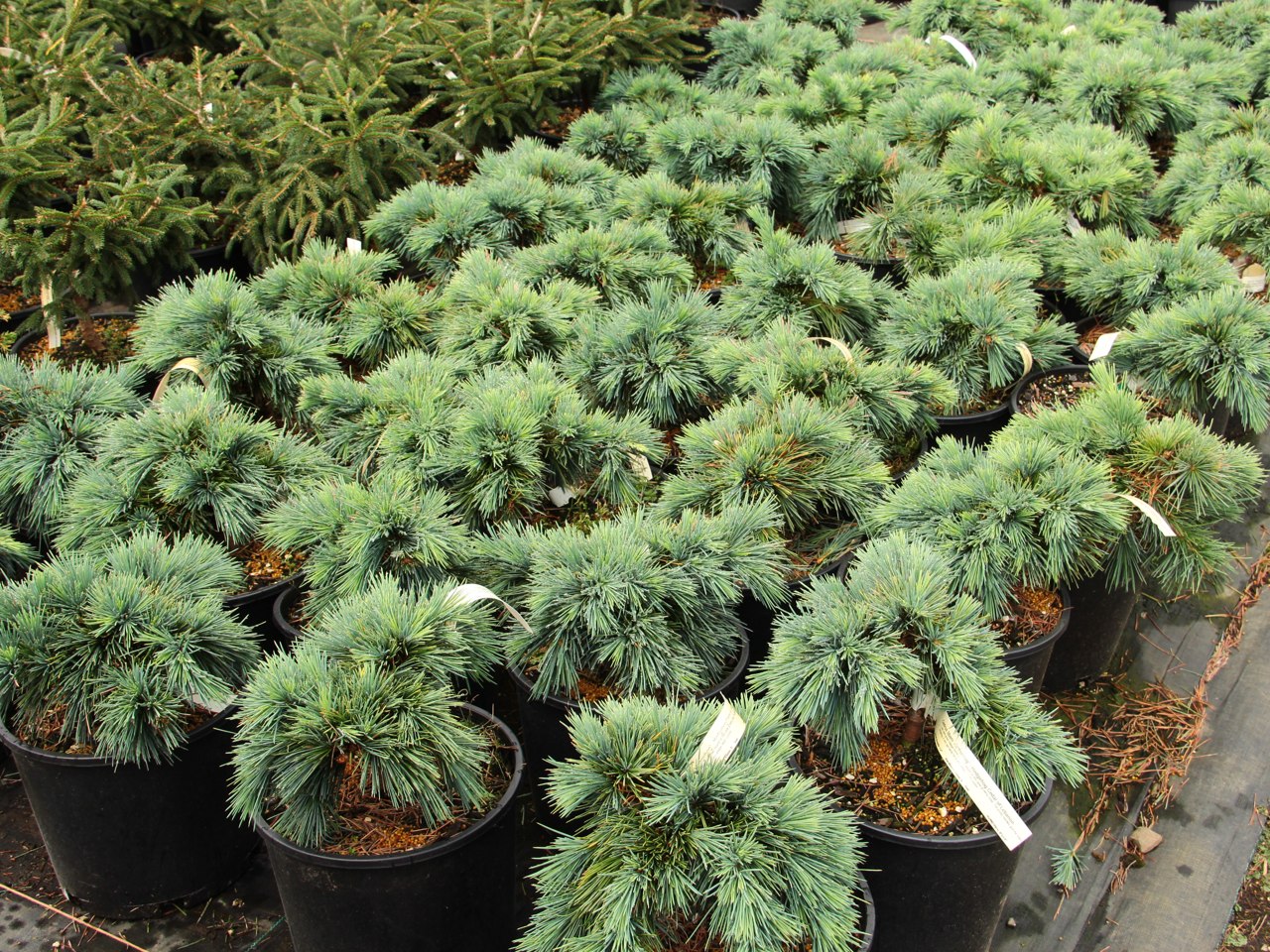

The Hedgehog Cedar of Lebanon is a miniature-sized, mounded tree with blue-green needles that grows very slowly, only 1” to 2” per year. After 10 years it will measure 10”-12”H × 30”-36”W. It gets its name from the long needles sticking up on the top of the little mound, reminiscent of a hedgehog. It grows in full sun in USDA hardiness zones 6 to 9, and was introduced by a nursery in New Zealand in 2009. Because of its small size and slow growth, ‘Hedgehog’ is a great choice for a foundation planting, rock garden, or any small garden space.


